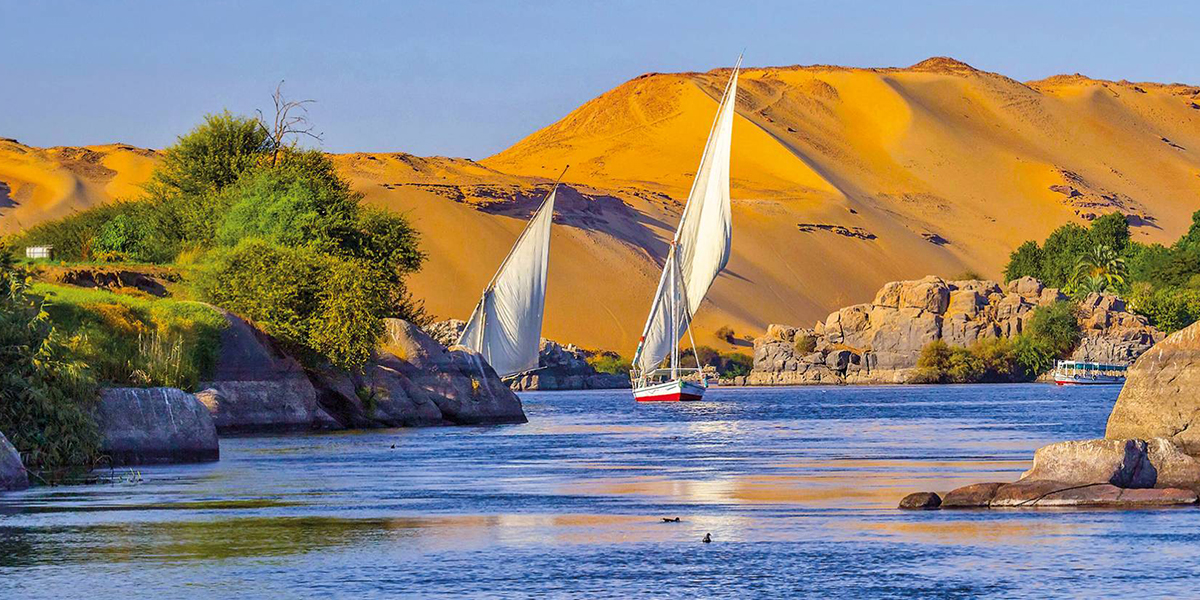Introduction
The Nile River is one of the most iconic rivers in the world. Stretching over 6,650 kilometers (4,130 miles), it’s not just the longest river on Earth but also a lifeline for the countries it flows through. From ancient civilizations to modern-day cities, the Nile has played a vital role in the development and sustenance of the region. Let’s dive into the map, history, interesting facts, location, and source of this magnificent river.
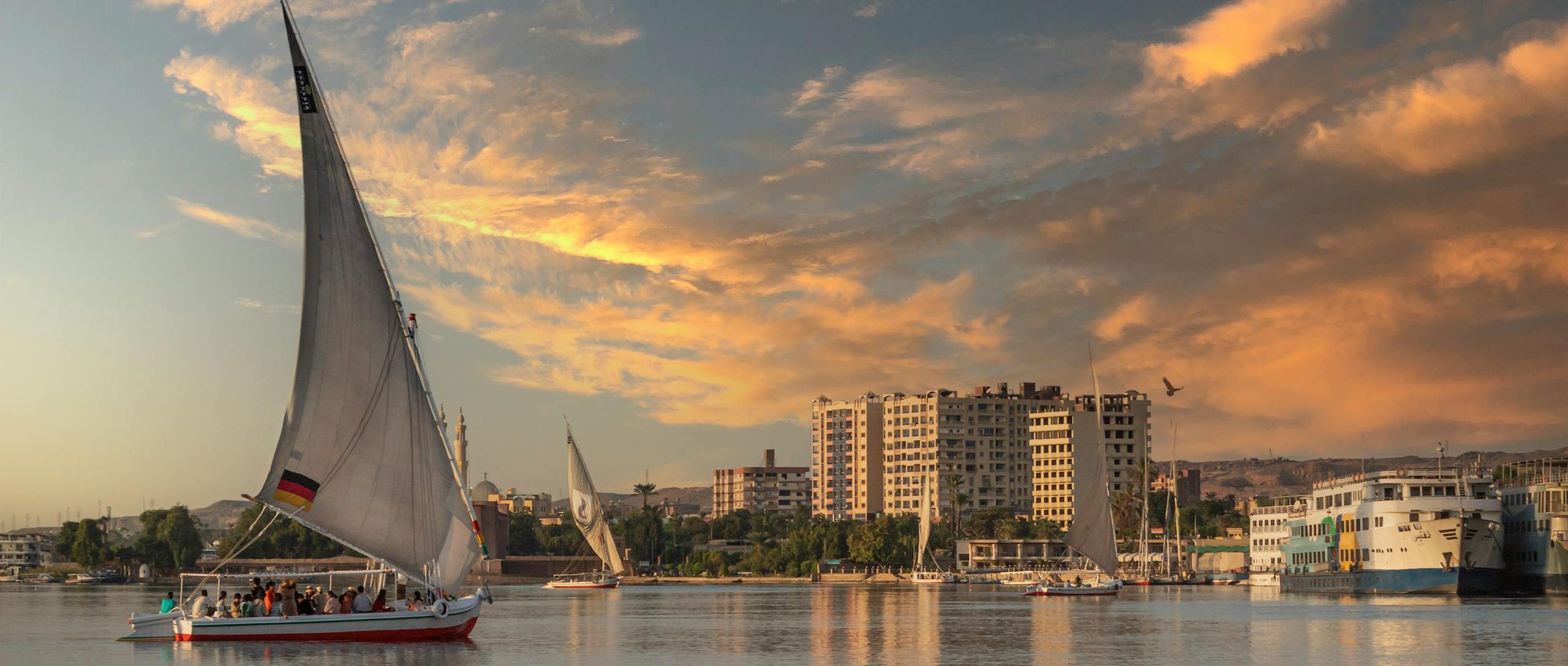
Map of the Nile River
Geography and Course
The Nile flows northward through northeastern Africa, ultimately emptying into the Mediterranean Sea. It passes through 11 countries: Tanzania, Uganda, Rwanda, Burundi, Congo (Kinshasa), Kenya, Ethiopia, Eritrea, South Sudan, Sudan, and Egypt. The journey of the Nile is quite unique, flowing from south to north, which is rare for major rivers.
Major Tributaries
The Nile has two main tributaries: the White Nile and the Blue Nile. The White Nile starts in East Africa, while the Blue Nile originates in Ethiopia. These two rivers meet in Khartoum, Sudan’s capital, and continue their journey together as the Nile River.
History of the Nile River
Ancient Egypt and the Nile
The Nile was the cornerstone of ancient Egyptian civilization. Its annual floods brought nutrient-rich silt to the land, making agriculture possible in an otherwise desert landscape. The river also served as a crucial transportation route, facilitating trade and communication.
The Nile in Modern Times
Today, the Nile remains essential for the countries along its banks. It supports agriculture, provides drinking water, and is a source of hydroelectric power. However, managing its resources presents challenges, such as water rights disputes and environmental concerns.
Interesting Facts About the Nile River
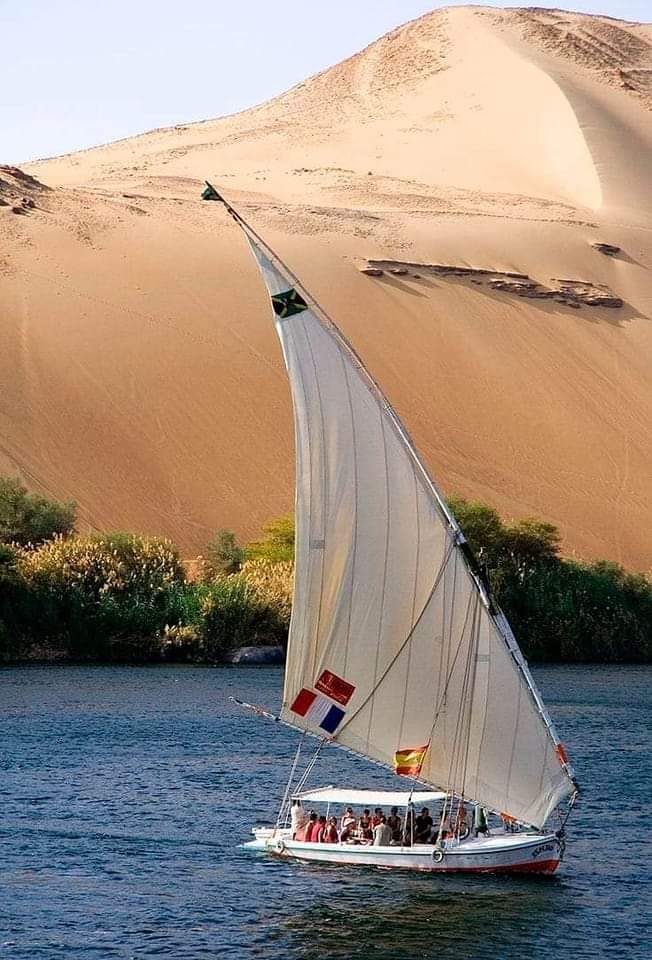
Length and Flow
The Nile is the world’s longest river, covering over 6,650 kilometers. Flowing from south to north, it traverses a diverse range of ecosystems and climates, from tropical rainforests to arid deserts.
Wildlife and Ecosystem
The Nile’s ecosystem is incredibly diverse. It supports a variety of wildlife, including crocodiles, hippos, and numerous fish species. The riverbanks are home to various birds and plants, making it a vital ecological region.
Cultural Significance
Throughout history, the Nile has been revered. Ancient Egyptians saw it as a god, and it remains a symbol of life and fertility. Festivals and traditions celebrating the Nile’s significance continue to this day.
Location of the Nile River
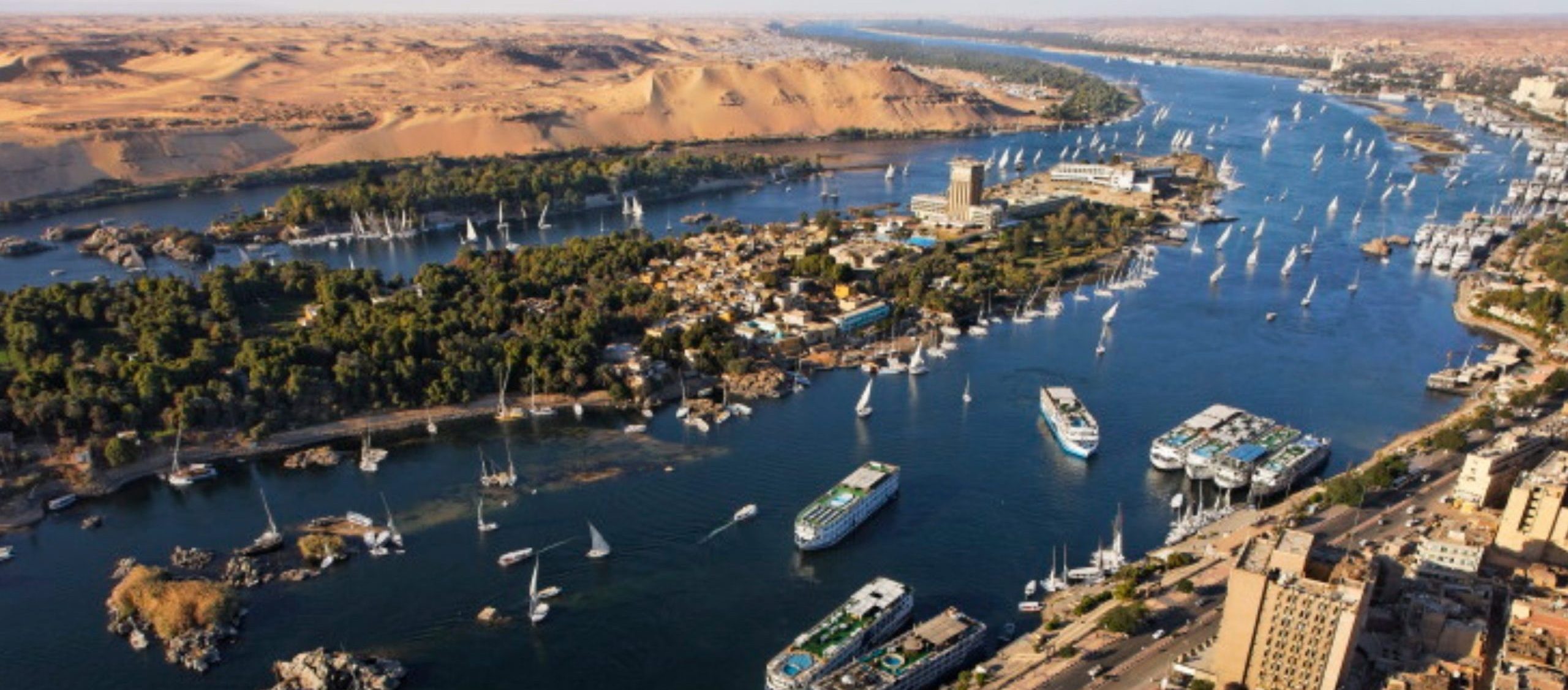
Countries Along the Nile
The Nile flows through 11 countries: Tanzania, Uganda, Rwanda, Burundi, Congo (Kinshasa), Kenya, Ethiopia, Eritrea, South Sudan, Sudan, and Egypt. Each of these countries depends on the river for different needs, such as agriculture, water supply, and transportation.
Key Cities on the Nile
Key cities along the Nile include Cairo (Egypt), Khartoum (Sudan), Jinja (Uganda), and Juba (South Sudan). These cities thrive on the river’s resources, making them economic and cultural hubs.
Source of the Nile River
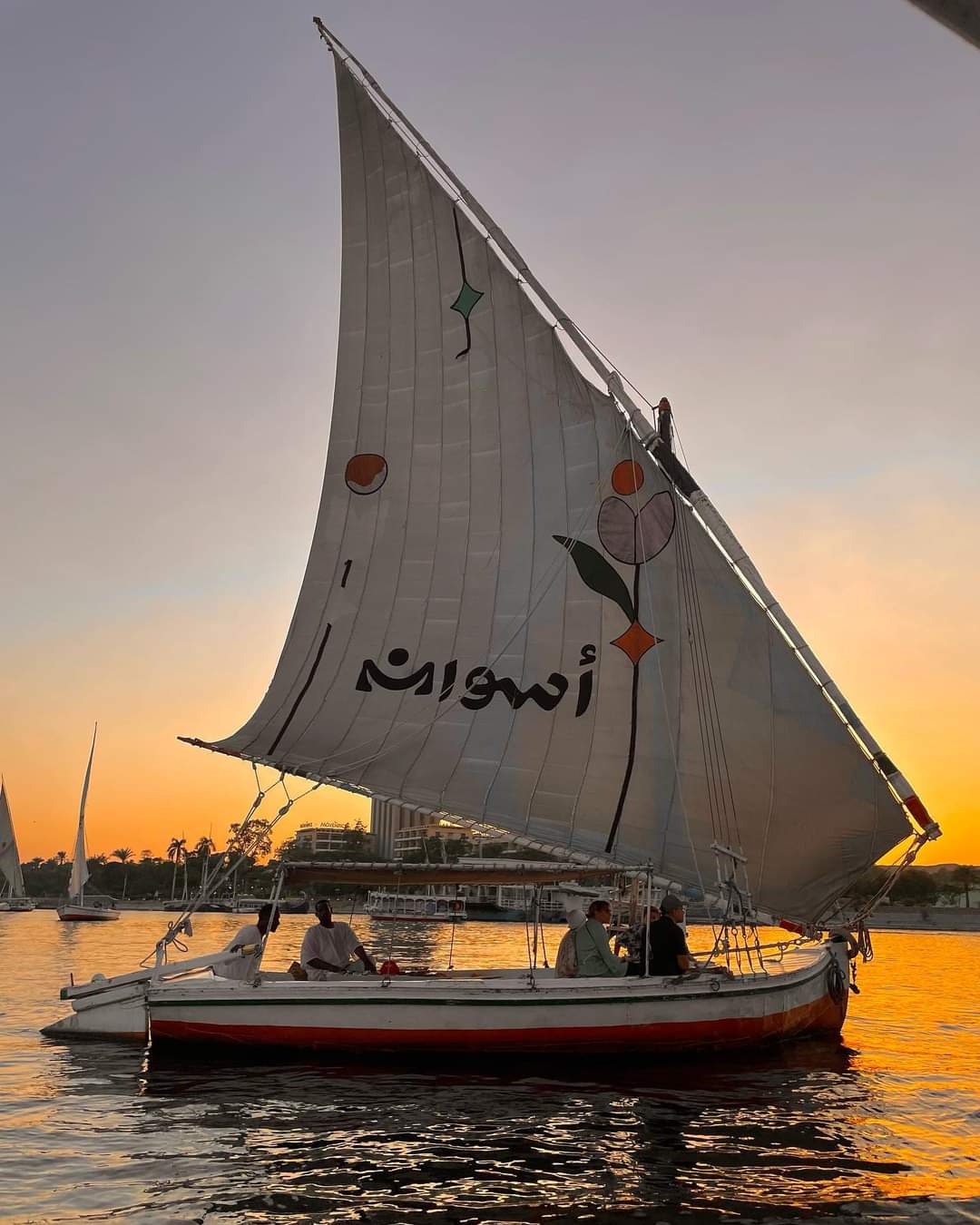
White Nile and Blue Nile
The Nile’s primary tributaries are the White Nile and the Blue Nile. The White Nile is generally considered to begin at Lake Victoria, while the Blue Nile starts at Lake Tana in Ethiopia. These two tributaries converge in Khartoum, forming the main Nile River.
The Debate Over the True Source
There has been much debate over the true source of the Nile. While Lake Victoria is often cited as the starting point of the White Nile, some argue that the river’s true source lies further south in Burundi or Rwanda, where rivers feeding into Lake Victoria originate.
Conclusion:
The Nile River’s Enduring Legacy
The Nile has shaped the history and culture of northeastern Africa for millennia. Its impact is seen in ancient monuments, modern cities, and the lives of millions who depend on it daily.
Future of the Nile River
As populations grow and climate change affects water availability, the Nile faces significant challenges. Sustainable management and cooperation among Nile Basin countries will be crucial to preserving this vital resource for future generations.

